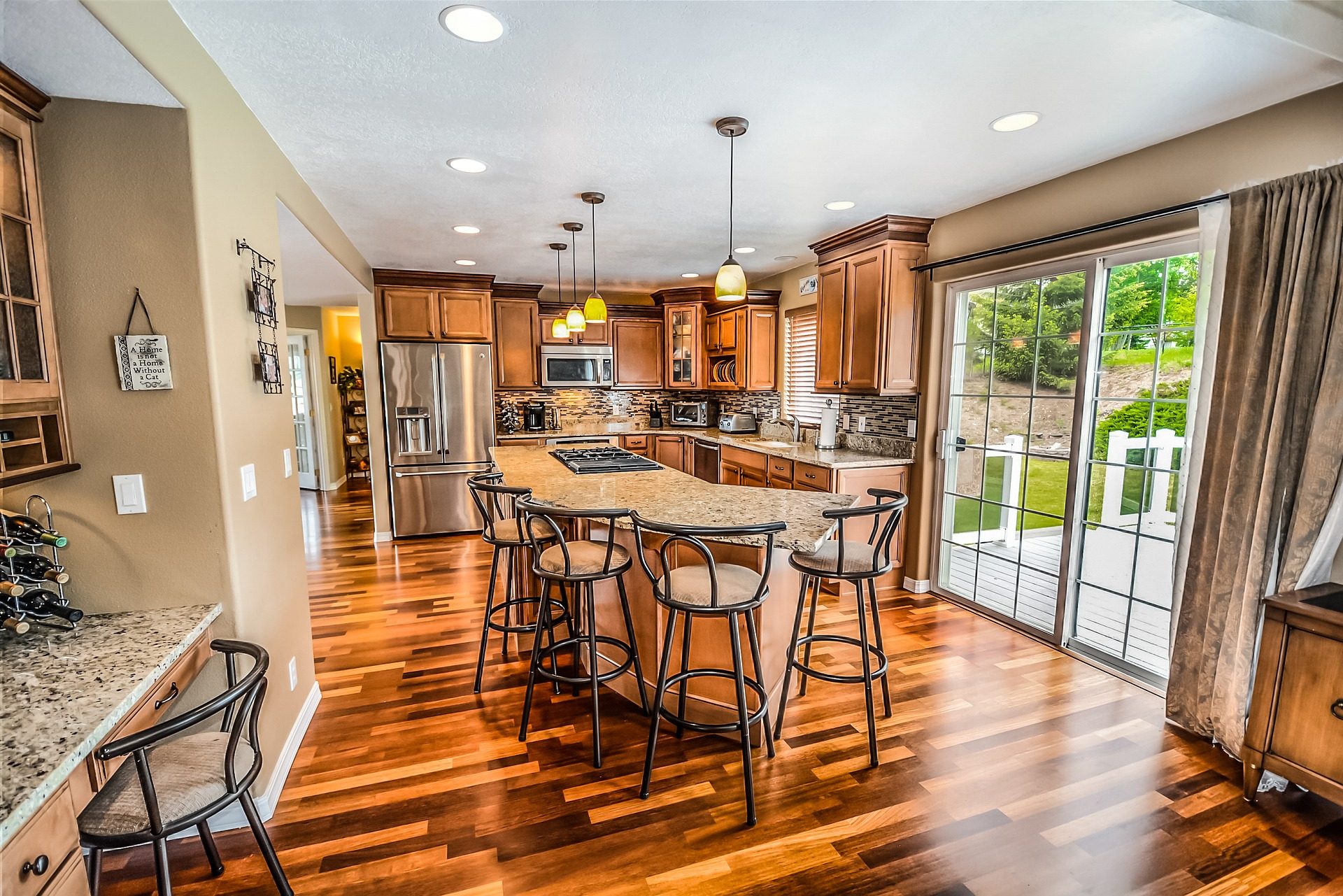
Hardwood floors are no doubt beautiful, making any home warm, cozy, and sophisticated, while bringing top value if you’re considered selling your home in the near future. But brand new hardwood can be expensive to install; sometimes it just makes more financial and logistical sense to repair your hardwood, which saves you money and increases the longevity of the flooring. But whether you install new or decide to repair, there are some considerations you should factor in when it comes to timing.
Spring is generally thought to be the best time to install hardwood, as high humidity levels in summer can be counter-productive. Keep in mind that hardwood floors naturally expand and shrink throughout the year, varying with the humidity levels in the air. Where you live and the current weather conditions will play a large part on when you decide to tackle the job.
Gapping
You need to ensure there will be a minimum amount of gapping, which is the tendency for the wood to expand and contract. This happens in tune with seasonal changes. One example of a seasonal gap is when you can fit a dime between the boards in low humidity weather, with that gap closing back up in times of higher humidity.
If you decide to install or replace your hardwood flooring in the summer, it will shrink the following winter. If you install new flooring in the winter, it will expand and become tighter in the summer. You should determine the average humidity level in your home year-round, which will help to reduce contraction and minimize gapping.
Humidity
The best results for repair or installation will happen at an average humidity level. Relative humidity should be at 60 percent on the high side, and 35 percent on the low side. You may want to purchase a dehumidifier or air conditioner in an effort to control the environment within your home. Once humidity issues have been worked out and are stabilized, you can tackle a repair or installation any time.
The width of the floorboards you select will have an effect on gapping as well. Smaller floorboards, for instance, tend to be more forgiving. Yes, they will contract and expand at the same rate, but a five-inch board will appear to expand and contract twice as much as a two-inch board.
Despite the time of year you take on a repair or installation, the key is to bring the hardwood inside your home beforehand to ensure it acclimates to the internal conditions. Ask your hardwood flooring specialist what the best time frame is. Usually, seven to 14 days is standard. Just be careful not to store it in a garage or entryway. Place it in the room where it will be installed.
In conclusion, hardwood floor repair or installation can take place any time of the year provided your humidity levels are even. And sometimes you don’t have a choice as to when to install or repair. Do what’s best for you!
Contact Designer Wood Flooring
For more information on hardwood flooring installation in Southeast Texas, contact us today.




